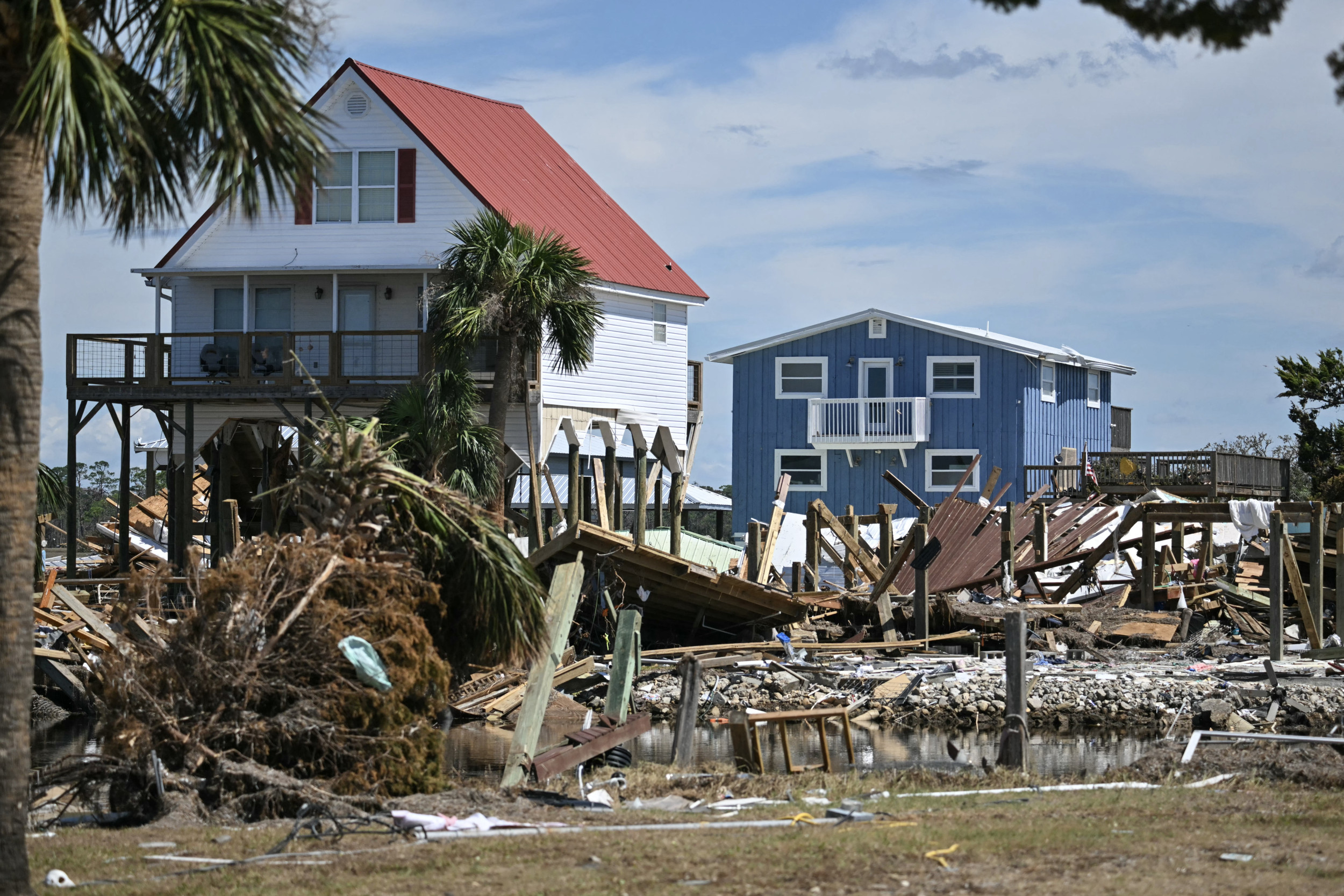Florida’s insurance market is already under pressure from Hurricane Helene, and now it faces the looming threat of Hurricane Milton. Current forecasts predict that Milton could result in a “significantly larger windstorm loss” compared to the damages incurred by the recent hurricanes Idalia, Debby, and Helene.
Property insurance typically covers wind damage, while flood damage requires a separate flood insurance policy. Due to Florida’s heightened risk of natural disasters, premiums have soared.

The full impact of Hurricane Helene is still being assessed, with insured loss estimates ranging significantly. Despite being classified as a Category 4 hurricane, Helene is considered a “moderate loss event” for Florida insurers, with projected losses between $1 billion and $2 billion. Much of the damage stemmed from flooding rather than wind—an issue for homeowners, as over 95% of those affected lacked flood insurance, according to The Wall Street Journal.
Other experts estimate the property damage from Helene could reach between $5 billion and $15 billion. The distinction between flood and wind damage can often be murky, leading to potential legal conflicts between homeowners and insurance companies.
As homeowners file claims for Helene and anticipate Milton’s impact, they may encounter hurdles. Insurers have been scaling back coverage, increasing deductibles, and tightening policy stipulations to manage the financial strain brought on by rising natural disasters.
With the recent uptick in deductibles, homeowners with minor damages might find their losses unprotected. The back-to-back hurricanes are expected to complicate Florida’s already critical insurance landscape.
Insurance experts express hope that premium pricing has adequately reflected the risks of this hurricane season. However, rising costs of materials, opportunistic contractors, and fraud could escalate claim expenses and lead to future premium hikes.
While Florida’s insurance market has improved recently, thanks in part to legislative reforms addressing abuses and fraud, the challenge remains. With hurricanes posing yearly threats and coastal communities expanding, there’s an urgent need to bolster the state’s insurance system.
As the aftershocks of two severe storms unfold, it will be crucial to monitor how insurers will handle the surge in claims, and how homeowners might face rising premiums or insufficient coverage in the ensuing fallout.
